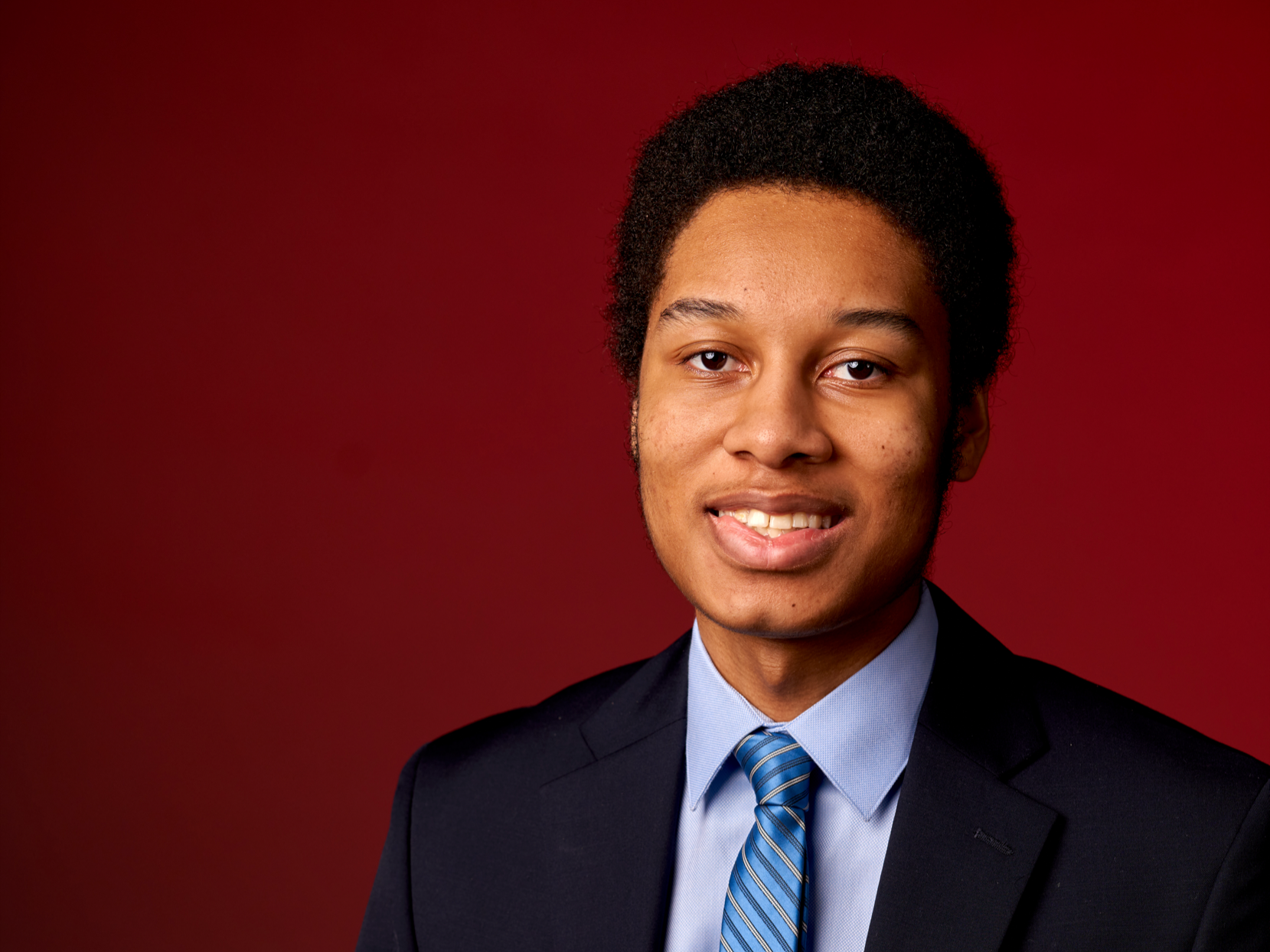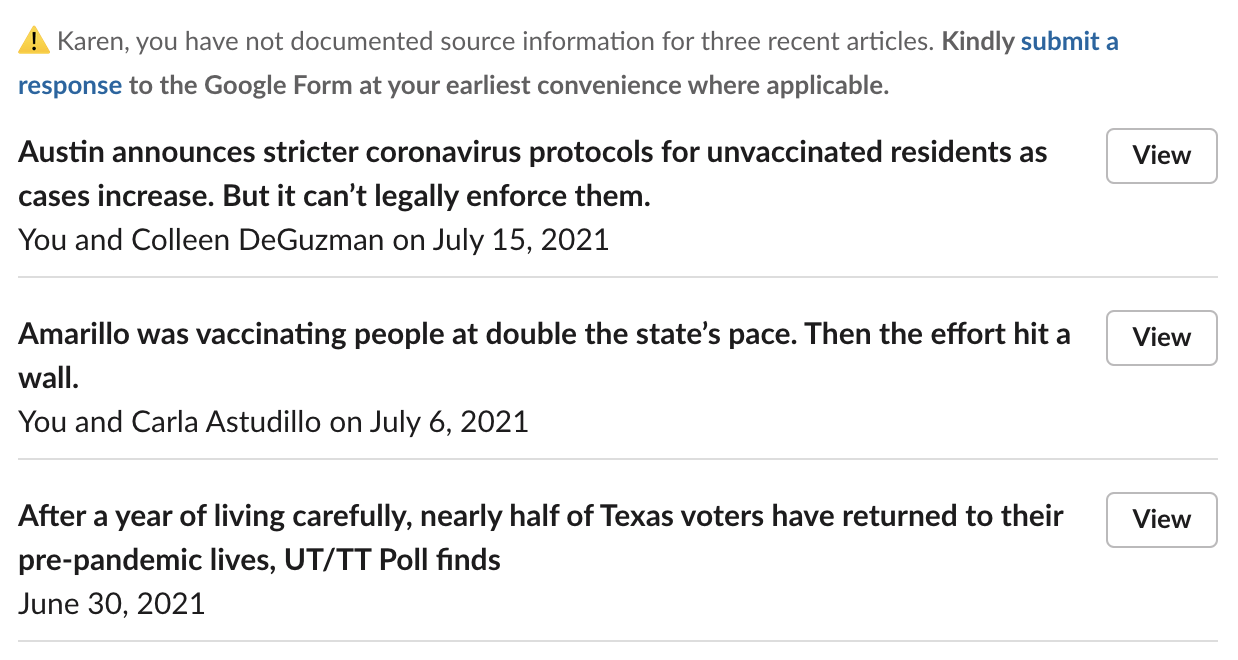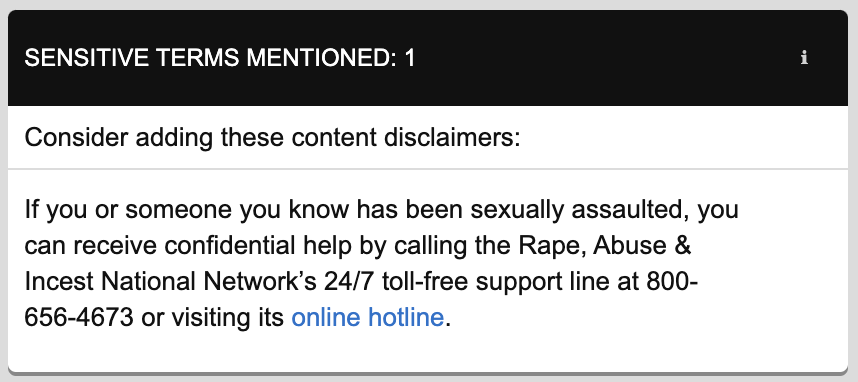Summer 2021 Fellow Reflections

Matthew Turk is a rising sophomore at Stanford University and studies Computer Science. He served as the Tribune’s Summer 2021 Engineering Fellow. Learn more about Matthew here.
What was your path to the Tribune? Why did you want to apply?
Memories can deceive in creative ways, but supposedly the initial motivation was to take my chances in the world of journalism as a reporter, not a software developer. A seasoned editor at our school newspaper had mentioned the opportunity in autumn of last year, and I decided to trust her instinct. The name “Texas Tribune” vaguely rang a bell, so like any other 21st-century native, I went straight to Google. As I perused the website, something felt familiar. Maybe it was the layout of the interface or the subject matter of the articles or — dare I say — the AP style. Then I remembered six words: “Why don’t journalists interrogate the algorithm?” I had heard this, I figured, at a recent seminar with an assistant professor named Angèle Christin. That evening, she expounded on concepts detailed in her then-new book “Metrics at Work” and related anecdotes to the audience from her time in French and American media organizations as the Internet Age has found its stride.
Fate would have it that former editorial director Stacy-Marie Ishmael was one of three panelists at this virtual event, and I remember being almost galvanized when she spoke those six words that had somehow lodged themselves into my consciousness. Ishmael had been describing a past newsroom situation in which the most senior editor there suddenly had to justify their opinion to an engineer talking about data. I still wonder whether that’s emblematic of the times and what the moral of the story is. At times, I think the takeaway might be this: I’ve seen journalism treated as a highly salable commodity, with click-through rates beginning to gain an edge over editorial acclaim. But what if an article can be both popular and good? That’s the question that I sought to answer when I wrote and submitted my application to be an Austin reporting fellow.
Several days thereafter, I started to realize that I may have talked more about technology in my responses than the inverted pyramid, right-branching sentences or pitching a beat. Maybe I could answer the question with technology as well, more directly even. Luckily for me, an engineering role was open for the summer. Unfortunately for me, I discovered this on the day that the application was due. But long story short, I got it in by the skin of my teeth and never looked back.
What did you do during your fellowship? What have you learned?
Three projects come to mind. Once set up with the content management system (CMS) and the lavish suite of productivity apps, I spun up my developer environment in what I consider to be a shockingly painless process, and I was on my way to the first task. Dealt out at our sprint meeting on the first day after orientation, I was to rename an ambiguously worded text field in the backend interface for publishing liveblogs. Not to mention, our Django web framework needed to be updated to 2.2.24. Nothing on the cutting edge, but it did acquaint me with the stack (architecture and integrated modules of the website), as well as the file structure that I would be rummaging through many times to come.
Next, in a meeting some days later, I learned about a pilot program in the data visuals department: the Source Diversity Project. Possibly named à la the BBC initiative from which we’ve drawn some inspiration, this was the meat and potatoes of my work. The concept is that if we can collect enough data on the race, gender and ethnicity of the people we interview, we’ll be better equipped to produce coverage that is as representative of the Texan population as possible. However, keeping track of all those sources is not a simple undertaking. Understandably, not everyone submits these details to our internal Google Form at the first opportunity, and some may not be able to obtain the demographic information in the first place.
The new workflow automation that I created is a Slackbot for keeping track of these stories whose source data could otherwise fall through the cracks. Previously, someone would have to spend considerable time manually comparing the website and a spreadsheet to see who had not filled out the Google Form. Convenience is the commodity that always sells, so naturally there was a motivation to abstract some of the menial tasks in this process.
Now every Friday morning, our serverless Lambda script self-activates, cross-references the website and submission data and gently reminds reporters of recent outstanding articles with a personalized direct message. (The name of the game is to make life easier for the staff, not harder, so verbal or technical feedback is very much appreciated.) The hope is that an extra nudge here and there will keep everyone honest in our undertaking. Of course, as I conceded to the staff when I announced this automation, it may not be a riveting time to go back and enter all the data, but the time is well worth it for the greater effort. In a sense, I think, it matters not what action you are carrying out as a journalist in the day-to-day, but for whom you are carrying out said action.

My final lines of code for the summer were dedicated to our CMS, which is where website data is stored and staffers slate and publish content. In the CMS, we have a plugin called Yellow Lights, which, I learned, a former fellow created. The plugin won’t stop anyone from publishing their content, but it will run checks for style, disclosures, links to add and the like. My contribution to Yellow Lights adds a new panel to the interface and scans the body text for certain phrases that may warrant content warnings, suggesting additional copy to insert after the trailing paragraph of the text that is to be published. It may seem like a lot of code for a few sentences tacked onto the end of a piece, but an oft-heeded journalistic axiom is to minimize harm that a piece of content may inflict on some entity, typically an individual or group of people with “skin in the game,” so to speak. (The Society of Professional Journalists tends to provide more details on the ethics of these matters to those who seek to learn more.) In an effort to cover all our bases, adding a warning or disclaimer to certain instances of media that we publish is another preemptive measure to protect our audience, without whom we would be unable to spread our message.

Engineering seems to have afforded me more of a freeform schedule than that of a reporting fellow — which has its perks and challenges. Instead of working on deadlines, I had more long-term projects, naturally requiring me to self-impose a sense of structure to keep myself accountable and on course. Notwithstanding this, I was also lucky to be under the supervision of none other than the inimitable Ashley Hebler, one of several developers who encouraged me and offered me a helping hand in times of need.
Sometimes I imagine that at the beginning of June I walked into an active wind tunnel with chocolate chip cookies flying through the air. Delicious baked goods abound, and I’m trying to use my body to catch as many as I can, but I can’t get them all. That said, I think that the Tribune’s standard of work-life balance is relatively laudable. Moreover, there’s a positive energy, and the staff members have not ceased to be supportive of me.
What was the most surprising part of the fellowship?
For the Source Reminder project, I was told during a meeting to provide an explanatory haiku alongside my code when I submitted it to our GitHub repository for Slack automations. Initially, the news of this had stricken in me a chord of terror. However, it was precisely the kind of idiosyncrasy that I think captures a lot of what it means to work here. There is no one way to do it. Whether you’re an engineer or a reporter or an editor or anything else, no department exists on a discrete, isometric island. The nature of my role did nothing to limit where I could go or what I could do, and that was excellent.
With several past endeavors in STEM, I’ve gravitated toward these technical environments perhaps because they were straightforward. I could count on having a systematic approach to getting the answer that I needed. In more creative settings, I must create the answer, which is as daunting as it is beautiful. As I advance, though, the humanities and the sciences have started to converge in a way where every answer needs to be created in some sense. It’s not always simply out there in stasis, waiting to be discovered. A sorting algorithm is straightforward. Finding a way for a computer to determine whether an image of a pet depicts a dog or a cat is not straightforward.
What is your favorite memory from the fellowship?
Opportunities to meet interesting people can be tremendously enriching experiences, even if virtual perhaps. I most assuredly wish I could have come to Austin — I have always wanted to go — but that possibility faded with time, and I’m glad the community was there to sustain me. In particular, my weekly check-ins with my mentor Mandi were a treat every time. As with others, she made a true effort to ensure that I understood what I was working on. It was easy to relate to her, and she had helpful advice on how to make the most of my college experience and how to cultivate meaningful interpersonal relationships. We shared stories, expounded on episodes of “Modern Love” and told each other about our hobbies. How refreshing it was.
What is your advice for anyone applying?
Admittedly, a 19-year-old can only espouse so much “wisdom” before it becomes conjecture, but here goes nothing.
You are more than a walking brain
Stephen Hawking once was quoted saying, “Work gives you meaning and purpose and life is empty without it.” Whether you agree or disagree, it is true that almost everyone’s self-concept is made in part from the contributions they make to society through work and service to others. Such contributions may provide money, sure, but more importantly, they fulfill basic psychological needs: social contact, status and time structure. Spend time introspecting and learning what those needs look like for you and why and in what way they relate to your ambitions.
Sorry to break it to you, but there’s nothing in your head that greatly differs from that of a hunter-gatherer from 10,000 years ago. What differs is your environment, for better or worse. It is the biological phenomenon of evolutionary mismatch. The human mind and body are not designed to spend hours on end in a cubicle, for our civilization has evolved far more rapidly than our genome. Without acknowledging yourself as an entire physical entity, it may prove to be more difficult to bring 100% into your work when the time comes. Thus, be sure to stay on top of the “obvious things” — eating, sleeping, socializing, getting exercise — and even try something out of your comfort zone every now and then, cerebral or otherwise, to gain a new perspective on who you are.
After all, the readers of your application, your interviewers, your references — they all are human beings like you. Be sure to demonstrate your humanity as such, that you may come across as more than a name on a piece of paper. Unquestionable command of object-oriented programming languages, deep familiarity with the latest Node modules or being a hash-table aficionado may serve as a foundation for getting anything done in this line of work, but in my opinion, it’s not what sets someone apart. That goes to the human touch. Effectively communicating one’s ideas, catering to an audience or relating to even the most disparate individuals enables the fruits of an initial ambition to materialize.
Don’t take yourself too seriously
Writing his brothers in December 1817, the Romantic poet John Keats praised William Shakespeare’s creativity, and in doing so, his correspondence was earmarked by this concept for generations to come: “At once it struck me what quality went to form a Man of Achievement, especially in Literature, and which Shakespeare possessed so enormously,” he wrote. “I mean Negative Capability, that is, when a man is capable of being in uncertainties, mysteries, doubts, without any irritable reaching after fact and reason.” Learning to appreciate and live with the apparent randomness of the world is a skill as well as a pathway to creativity.
In other words, it’s alright to say that you don’t have the answers or that you don’t fully understand something. Humility is a virtue that I believe will never go out of style, and exercising comfort in the midst of uncertainty has a degree of importance that I appreciate greatly. Facing the possibility of shame tends to be a small price to pay for the wealth of benefits. Candor can easily be weaponized, so to speak, but I think you’d be surprised to find how forgiving people can be when you align your career and work environment with your beliefs and stay honest.
Strive to be the third bricklayer
There’s a parable about three bricklayers, and you may know it as well, but let’s review. Imagine a man is walking through the country, and he sees three construction workers at work, sweating profusely under the sun. He asks the first worker, “What are you doing?” The worker replies: “I am laying bricks.” Then the man turns to the second worker: “What are you doing?” — to which the second worker says, “I am building a church.” Finally, the man asks the third worker, “What are you doing?” When the man is met with a straight-on gaze from the third worker, a gaze that has so much conviction and intensity that he cannot help but believe all the words that are to follow. “I am creating the house of God,” he says.
You can live for years in the manner of the first two workers, but the Tribune is about more than holding a job or upping human capital. No, here you can find your own version of the house of God. Then you will build it — one brick at a time.